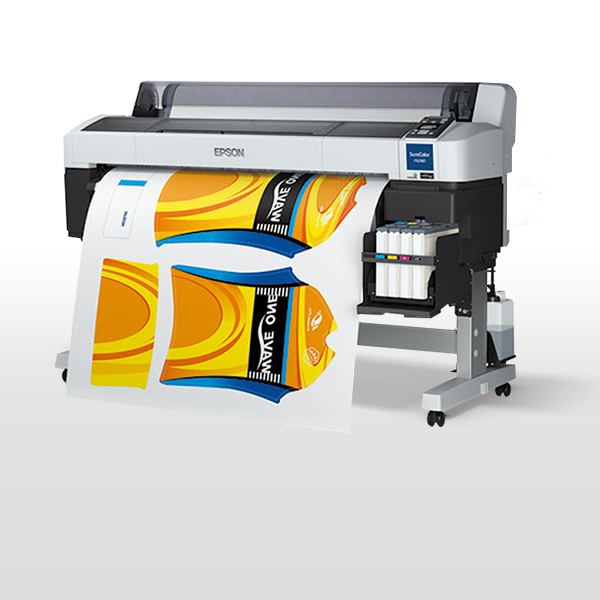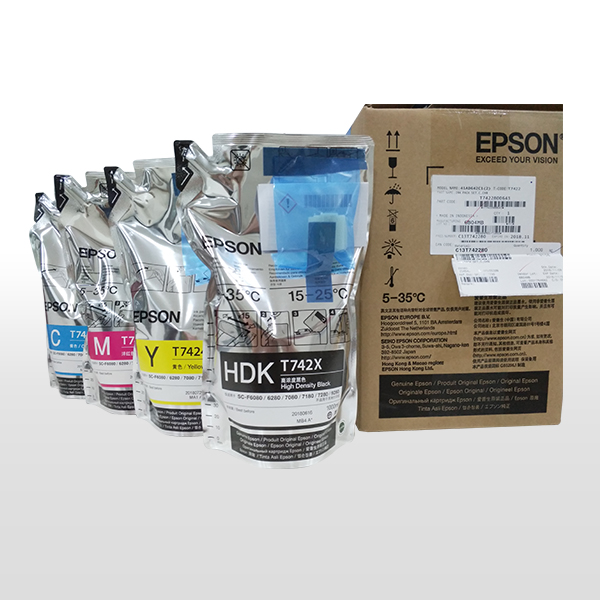How to replace ink for inkjet pictures
Inkjet printers often use different inks, but because of different inks have different chemical reagents and different solutions, and chemical composition and color composition of the system have a certain difference, therefore, in the high frequency of the replacement process , A little carelessness will cause a certain degree of damage to the machine. So what should we pay attention to when replacing ink?
1, pigment ink conversion, especially when the pigment to the dye conversion, please clear the original ink, and then use the cleaning solution or pure water to clean the pipeline, otherwise the chemical substances in the ink may be a chemical reaction plug the nozzle.
2, the use of hot foam machine users, in the filling of the ink must be empty when the air, otherwise it will cause the ink head burning, reduce the nozzle life, or may cause damage to the ink head, or print broken ink.
3, the use of new ink, because the ink head and ink need to have a fusion time, within a few hours within the test strip broken line for the normal phenomenon; such as monochrome or all not ink, or prolonged use, (Less than two-thirds) or excessive (enriched) in the ink bag, or in the presence of air in the pipe, scraping the waste ink, Pipe air and handle the ink bag parts, as well as clean the net part.

